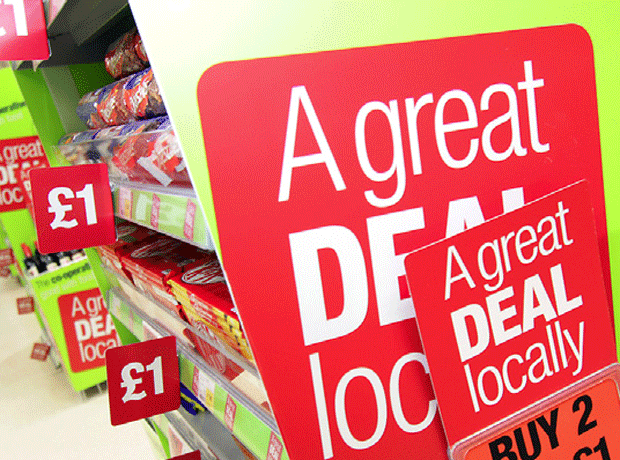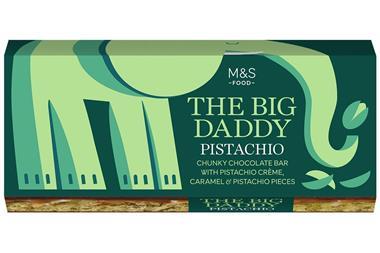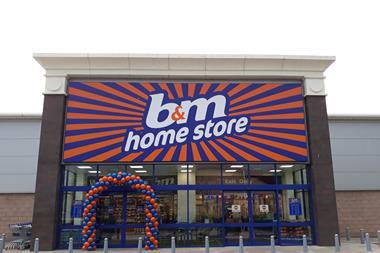
The slow pace of economic recovery means shoppers, at least for now, continue to mitigate cost of living pressures by holding down consumption and trading down to cheaper products. With sluggish demand, manufacturers have had to respond to drive growth. For many, this means increasing promotional investment – specifically, increasing the depth of promotional discount.
On the face of it, there is room to do so. Promotional deal depths stand at 18.6% in the UK across all food categories, but just four years ago they were around 23.5%.
However, increasing deal depths will likely make brand marketers nervous. Many will gravitate to media and above-the-line investment instead, concerned that promotions will erode their investment in their brand. And the finance team will most likely sound the loudest alarm bells, with good reason.
For shoppers, promotions help to subsidise planned purchases. As a result, increased promotional investment doesn’t always deliver volume growth, even with deeper discounts. The percentage discounts being offered for food categories, for example, increased by 0.9 ppts over last year in the latest 13 weeks. However, trade deal efficiency – the measure of promotional volume uplift – grew by only 0.2 ppts in the same period. This means, for some manufacturers, increased promotional investment translated into reduced sales value.
Promotional uplifts can, of course, be increased by gaining secondary display locations. A display location promotion will deliver on average 1.7 times the uplift of an equivalent shelf promotion. With HFSS legislation complicating the display location landscape and more demand for premium locations driving up gate fees, shrewd manufacturers will evaluate promotional payback to optimise the display location mix.
There is no right or wrong path to the best growth strategy, but when promotions don’t deliver the desired sales uplifts, brand marketers may be tempted to push for more media investment to boost penetration, drive equity and reduce price elasticity. Savvy marketers will evaluate the payback of the different marketing mix levers and weigh up the right investment strategy to achieve the business outcomes they want.
Strong innovation can also help to reduce reliance on promotional investment and drive sales value growth. Spotting emerging consumer trends early and reacting quickly will help manufacturers capitalise on pockets of growth. However, it takes time and investment to launch NPD successfully, particularly after a sustained period of volume decline. So sales promotions with deeper deal depths are likely to continue for some time as manufacturers look to drive volume and utilise spare manufacturing capacity.
Until demand strengthens, the percentage deal depth trajectory will inevitably continue upwards. To avoid continued sales losses and the margin pitfalls that deep deals can bring, manufacturers need to evaluate investment payback across the marketing mix.



















No comments yet